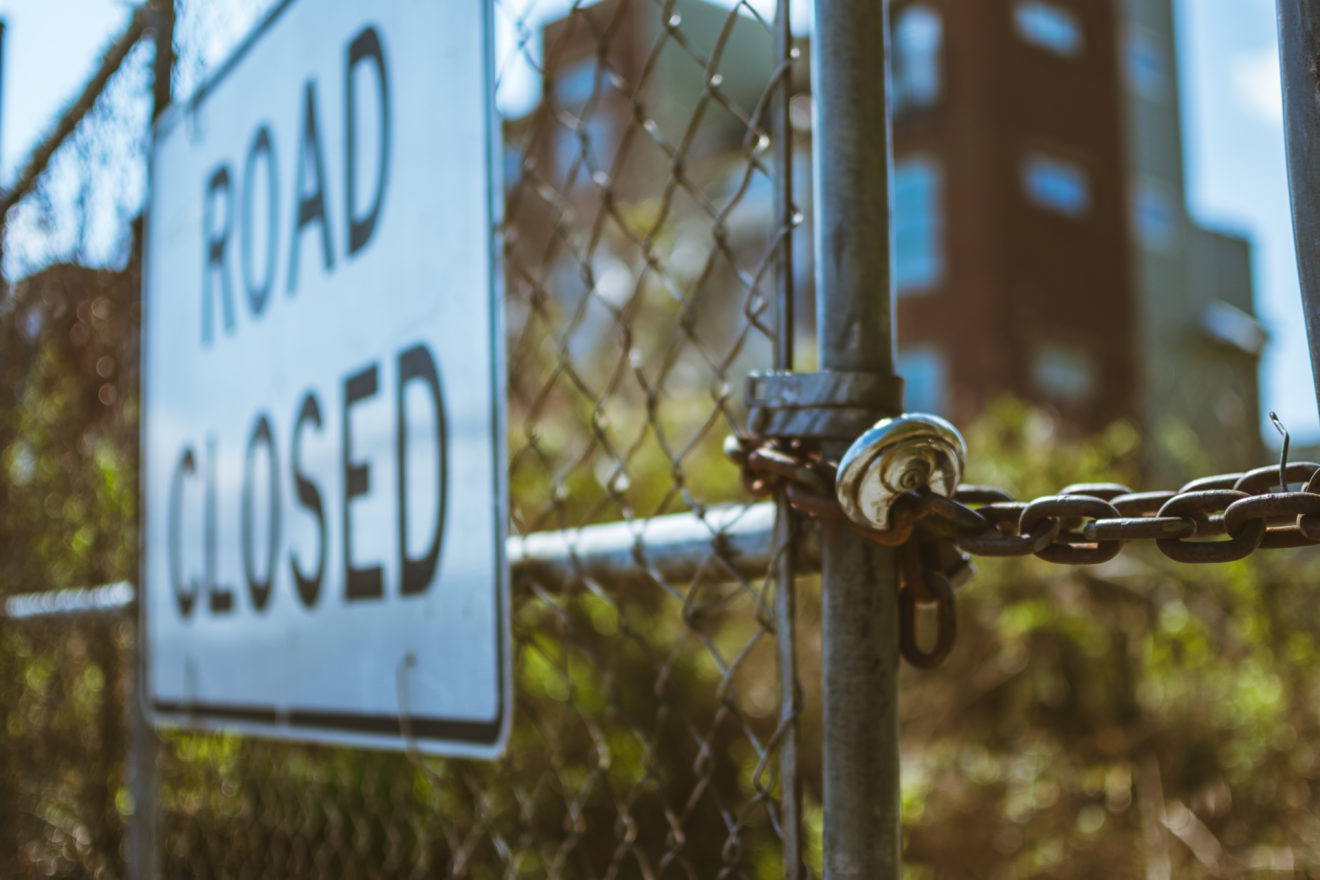TRCP Supports Identifying Landlocked Public Lands
While passionate sportsmen and women have rallied around the issue of landlocked public lands since the release of our initial report last year, we’ve noticed that there have been some who wonder about the possibility of this work backfiring on our community.
The risk, so the thinking goes, is that land transfer advocates could characterize our data as evidence in support of the idea that there is already too much public land in the West. Or, it could be argued that these landlocked lands aren’t doing much good currently and that the public would be better served by the revenue they could generate if they were sold to private interests. Here’s why these concerns—although well-intentioned—shouldn’t keep hunters and anglers up at night.
Q: Will identifying landlocked lands help politicians justify disposing of them?
A: Although some might misrepresent the take-away of our findings, there are programs and policies currently in place to ensure that this information is put to the right use by decision-makers.
For one thing, recent mandates from federal agency leads and Congress alike direct our public land management agencies to focus their efforts on creating new access to landlocked public lands.
In 2017, then-Secretary of the Interior Ryan Zinke signed S.O. 3356, which—among other things—directed the BLM to identify inaccessible or difficult-to-access public lands as well as opportunities to make them accessible to the public.
The TRCP and onX are working to help the BLM with this effort right now.
Also, Section 4105 in the John Dingell Act (S. 47), which was signed into law on March 2019, requires the federal land management agencies to identify landlocked lands and opportunities to make them accessible. Specifically, the law requires that the government evaluate the potential for recreational use, the likelihood of resolving the existing obstacles to public access, and whether access could be created through an easement, right-of-way, or land acquisition. Priority opportunities must be submitted for the consideration of Congress, along with a report on the options available to secure access.
Meanwhile, at the state level, the information from our report is helping to drive proactive work like Montana’s Public Access to Lands Act, MT Plan, and Unlocking Public Lands. Idaho’s “Access Yes” and New Mexico’s “Open Gate” programs are also great examples of this work. Not only does the data allow agency personnel to identify access opportunities more effectively, the overall findings make clear the importance of this work—further strengthening public and institutional support for it.
Given all we’ve heard from the land transfer crowd in the past, it’d be no surprise if they tried to spin the landlocked issue into an attack on our public lands. Thankfully, however, sportsmen and women have not only public opinion but also public policy on our side.
And the fact of the matter is that we can’t begin to solve this issue unless we shine a light on it, even if that means we hear some bad-faith arguments from the anti-public lands crowd. They’re not going away any time soon, so we can’t be afraid to take up this issue if we hope to expand public land access in a meaningful way.

